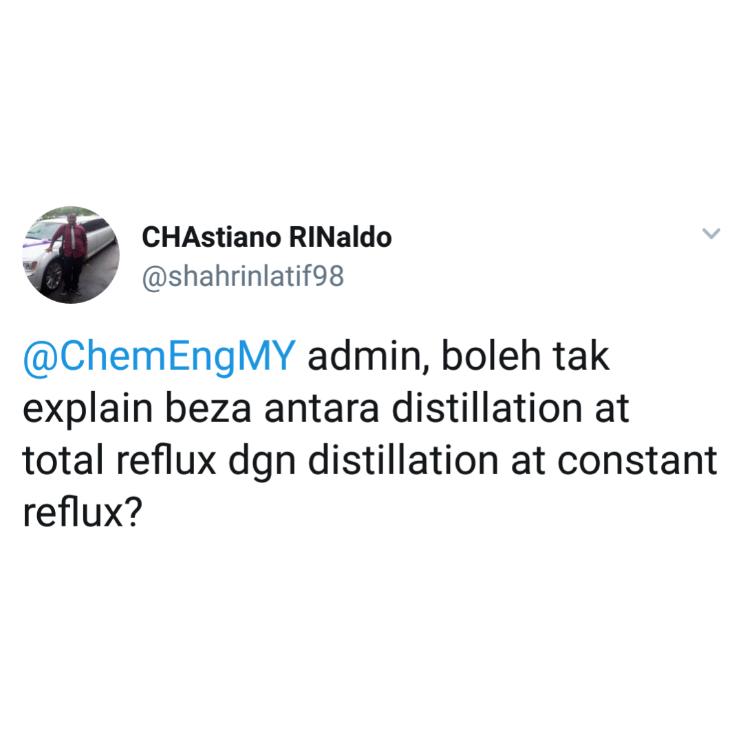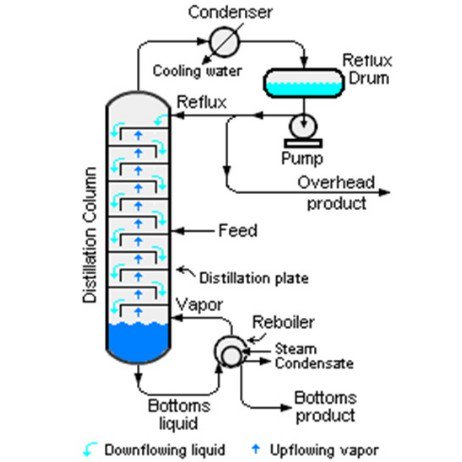Petang-petang macam ni, elok la kita bukak #thread on #Thermodynamics.
The concept of enthalpy and entropy.
The concept of enthalpy and entropy.
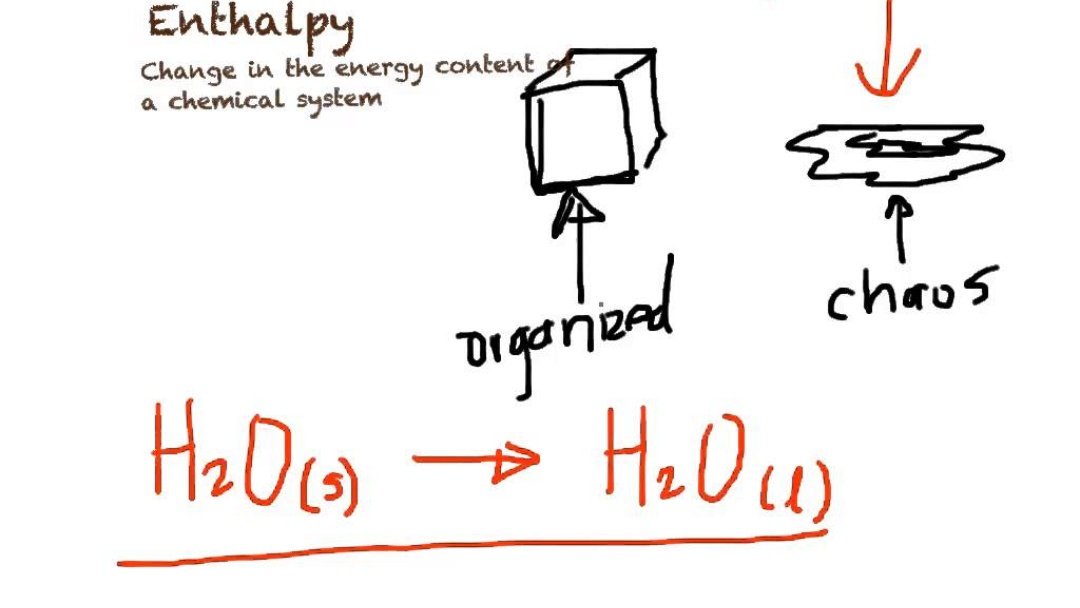
Okay. The first one is enthalpy.
Dalam text book #Thermodynamics korang, ada je kan definition dia. Tapi i don't want to go through that.
Dalam text book #Thermodynamics korang, ada je kan definition dia. Tapi i don't want to go through that.
Enthalpy is denoted by capital H. Not ΔH.
ΔH tu enthalpy change. Normally korang akan jumpa benda ni dalam chemical reaction.
Tapi kalau korang tengok pada one particular compound, dia ada enthalpy, H dia sendiri. (again, bukan ΔH!)
ΔH tu enthalpy change. Normally korang akan jumpa benda ni dalam chemical reaction.
Tapi kalau korang tengok pada one particular compound, dia ada enthalpy, H dia sendiri. (again, bukan ΔH!)
In other words, enthalpy adalah measure of potential energy in chemical bonds.
Kalau korang pernah dengar term bond energy, ha, lebih kurang sama la tu konsep dia.
Kalau korang pernah dengar term bond energy, ha, lebih kurang sama la tu konsep dia.
Hukum alam atau hukum #Thermodynamics yang korang kena tahu.
Systems lebih suka pada exothermic reaction. A reaction with -ve ΔH, reaction yang membebaskan haba.
Ye la, siapa je suka panas2 kan? Korang suka kalau haba dibuang, begitu juga at molecular level.
Systems lebih suka pada exothermic reaction. A reaction with -ve ΔH, reaction yang membebaskan haba.
Ye la, siapa je suka panas2 kan? Korang suka kalau haba dibuang, begitu juga at molecular level.
In other words, lagi rendah ΔH, lagi suka system tu.
Kalau tengok gambar rajah kat bawah ni, going down the enthalpy level (being exothermic reaction) lagi mudah daripada nak gigih naik ke another enthalpy level (endothermic reaction)
Kalau tengok gambar rajah kat bawah ni, going down the enthalpy level (being exothermic reaction) lagi mudah daripada nak gigih naik ke another enthalpy level (endothermic reaction)
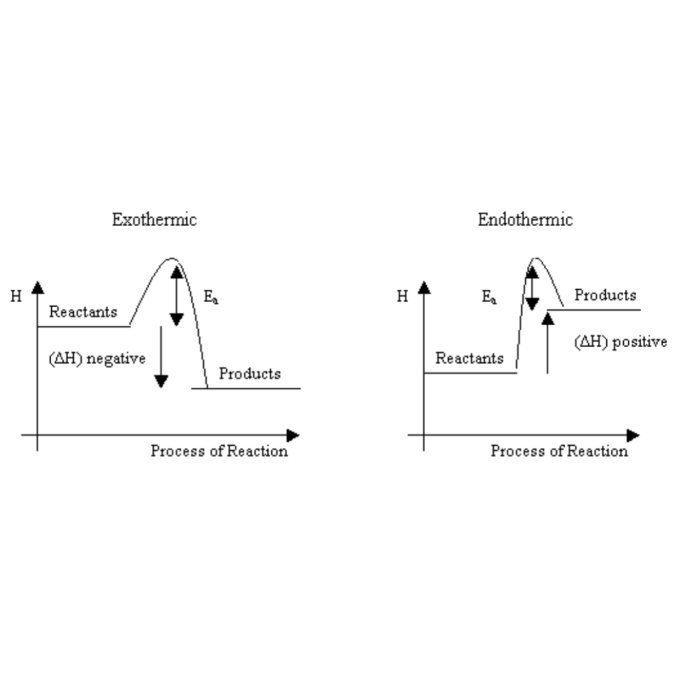
Normally untuk endothermic reaction, energy need to be supplied. And we don't prefer that kan.
Tapi korang jangan confuse dengan activation energy pulak. Tu lain. Activation energy is the energy needed to start the reaction.
Just nak bagi "boost" untuk reaction jalan.
Tapi korang jangan confuse dengan activation energy pulak. Tu lain. Activation energy is the energy needed to start the reaction.
Just nak bagi "boost" untuk reaction jalan.
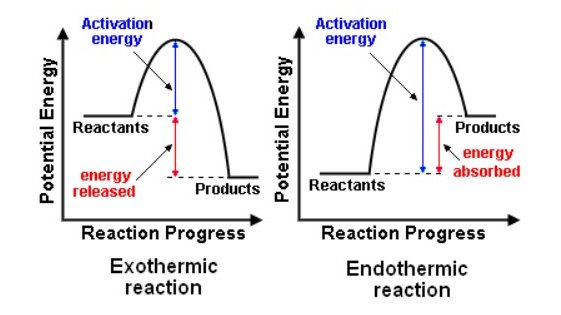
ΔΗ just deal dengan OVERALL change in enthalpy of the system je.
Bila cakap pasal enthalpy ni, kita akan relate dengan the first law of #Thermodynamics.
Actual statement of this law, korang boleh refer pada text book or google je.
Actual statement of this law, korang boleh refer pada text book or google je.
Anyway, this law juga dikenali sebagai Hukum Keabadian Tenaga ie Law of Conservation of Energy.
In other words, Tuhan cipta dunia kita ni, dengan fixed amount of energy. Memang takkan tambah, takkan kurang. Tapi boleh ubah daripada satu bentuk ke bentuk yang lain.
In other words, Tuhan cipta dunia kita ni, dengan fixed amount of energy. Memang takkan tambah, takkan kurang. Tapi boleh ubah daripada satu bentuk ke bentuk yang lain.
Next ialah Entropy.
Entropy ni, korang jangan confuse dengan energy pulak. Dia memang takde kaitan dengan energy, apatah lagi dengan enthalpy.
Entropy is a measure of randomness or disorder dalam satu system
Entropy ni, korang jangan confuse dengan energy pulak. Dia memang takde kaitan dengan energy, apatah lagi dengan enthalpy.
Entropy is a measure of randomness or disorder dalam satu system
Molecule dalam system tu lagi berselerak, lagi tinggi entropy. Kalau kurang berselerak, entropy rendah.
Tu je. Ada saya mention pasal energy?
Tu je. Ada saya mention pasal energy?
Jadi, bila dia bukan energy, hukum Keabadian Tenaga dah tak applicable untuk dia.
In other words, dia boleh tambah, boleh kurang. Entropy can be increased or decreased.
In other words, dia boleh tambah, boleh kurang. Entropy can be increased or decreased.
Lagi satu Hukum alam atau hukum #Thermodynamics yang korang kena tahu.
Systems lebih suka pada entropy yang lagi tinggi ie lagi berselerak, lagi random.
Ye la. Sama je la macam bilik korang kan. Lagi mudah untuk biarkan bilik berselerak rather than kena kemas everytime.
Systems lebih suka pada entropy yang lagi tinggi ie lagi berselerak, lagi random.
Ye la. Sama je la macam bilik korang kan. Lagi mudah untuk biarkan bilik berselerak rather than kena kemas everytime.
Macam tu juga la dengan system.
Selagi ada ruang, selagi tu system akan keep on bergerak and jadi berselerak, and increase in entropy sampai la dia dah takde kudrat dah untuk go further (achieve max entropy)
And this is our second law of #Thermodynamics
Selagi ada ruang, selagi tu system akan keep on bergerak and jadi berselerak, and increase in entropy sampai la dia dah takde kudrat dah untuk go further (achieve max entropy)
And this is our second law of #Thermodynamics
Dalam chemistry, we know that the particle movement increase from solid to liquid to gas.
Sama jugak dengan entropy. Increase from solid, liquid and gas.
Gas has the highest entropy compare to solid and liquid (more random)
Sama jugak dengan entropy. Increase from solid, liquid and gas.
Gas has the highest entropy compare to solid and liquid (more random)
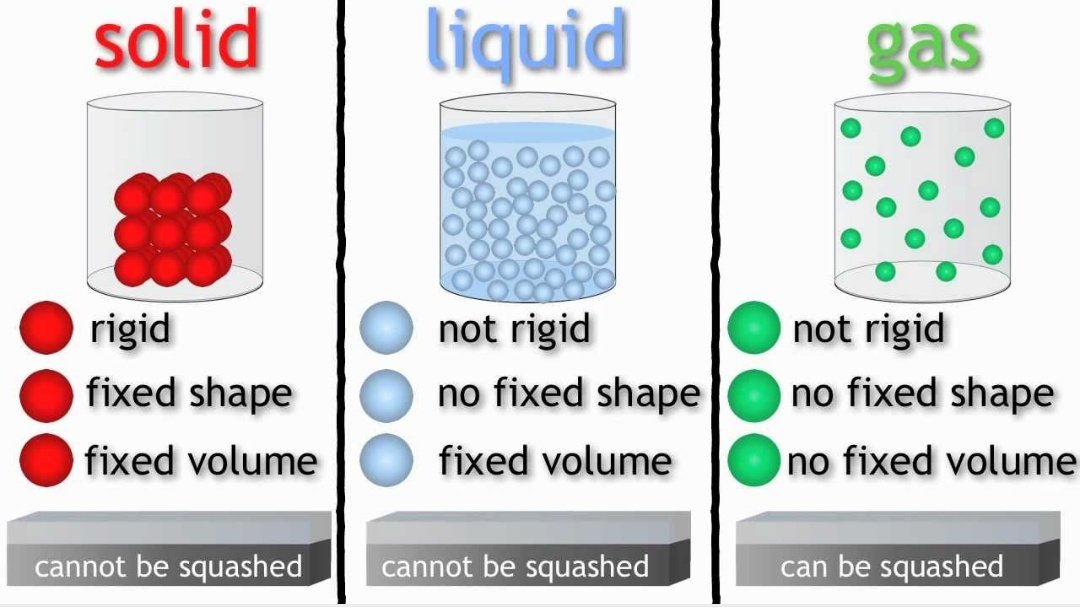
Based on hukum alam yang saya mention sebelum ini, kita recap jap
1. System suka pada minimum enthalpy
2. System suka pada maximum entropy.
Kalau korang dapat achieve 2 perkara ni, memang system akan suka gila, makanya reaction korang akan react spontaneously tanpa segan silu
1. System suka pada minimum enthalpy
2. System suka pada maximum entropy.
Kalau korang dapat achieve 2 perkara ni, memang system akan suka gila, makanya reaction korang akan react spontaneously tanpa segan silu
Tapi ada certain chemical reaction, susah nak achieve 2 perkara ni.
Contohnya dalam synthesis of ammonia.
N2 (g) + 3H2 (g) ➡️ 2NH3 (g), ΔH = - ve
Dalam kes ni, enthalpy kau dah okay dah. - ve value. Tapi bila kau tengok pada entropy, entropy kau decrease.
Contohnya dalam synthesis of ammonia.
N2 (g) + 3H2 (g) ➡️ 2NH3 (g), ΔH = - ve
Dalam kes ni, enthalpy kau dah okay dah. - ve value. Tapi bila kau tengok pada entropy, entropy kau decrease.
Kenapa entropy decrease? Sebab kau start dengan 4 mole of gas (N2 and H2) tapi kau end up dengan 2 mole of gas (NH3). lagi kurang gas molecule lagi rendah entropy.
So, tak best la. Ultimately, system akan go towards equilibrium antara minimum enthalpy and Max entropy.
So, tak best la. Ultimately, system akan go towards equilibrium antara minimum enthalpy and Max entropy.
Sebab tu, synthesis of ammonia exist as an equilibrium.
Kita tengok another example.
The reverse of acid-metal reaction.
Mg(NO3)2 (aq) + H2 (g) ➡️ 2HNO3 (aq) + Mg (s), ΔH=+ve
The reverse of acid-metal reaction.
Mg(NO3)2 (aq) + H2 (g) ➡️ 2HNO3 (aq) + Mg (s), ΔH=+ve
Dalam kes ni, entropy kau decrease (daripada aqueous and gas to aqueous and solid) and enthalpy kau maximum (positive ΔH), so tak best la kan.
Hence, this reaction is will not happen spontaneously or there will be no reaction.
Hence, this reaction is will not happen spontaneously or there will be no reaction.
So apa yang determine sesuatu reaction tu akan berlaku spontaneous atau tak?
Gibbs Free Energy.
ΔG = ΔH - T*ΔS
Kalau ΔG is negative, then the reaction is feasible and spontaneous and vice versa.
Gibbs Free Energy.
ΔG = ΔH - T*ΔS
Kalau ΔG is negative, then the reaction is feasible and spontaneous and vice versa.
So objective utama untuk pastikan reaction is spontaneous, is to make ΔG to be negative.
How to achieve this?
1. Negative ΔΗ, ie exothermic reaction
2. High temperature
3. Increase in entropy (reaction yang involve formation of more gas molecule or aqueous solution)
How to achieve this?
1. Negative ΔΗ, ie exothermic reaction
2. High temperature
3. Increase in entropy (reaction yang involve formation of more gas molecule or aqueous solution)
Benda sama jugak untuk prevent undesired reaction (unwanted reaction) to take place. Just the inverse of the condition mentioned above.
Next, what happened if your ΔG = 0?
What does it means?
Next, what happened if your ΔG = 0?
What does it means?
Kalau ΔG=0, it means that system akan achieve equilibrium. Meaning forward and reverse reaction is equally favourable.
Recap balik pasal ammonia synthesis tu
Recap balik pasal ammonia synthesis tu
External Tweet loading...
If nothing shows, it may have been deleted
by @ChemEngMY view original on Twitter
System dah balance dah, kira nya dia dah achieve satu state, di mana enthalpy dah minimum and entropy dah maximum.
Memang tak leh nak go dah.
Memang tak leh nak go dah.
• • •
Missing some Tweet in this thread? You can try to
force a refresh




